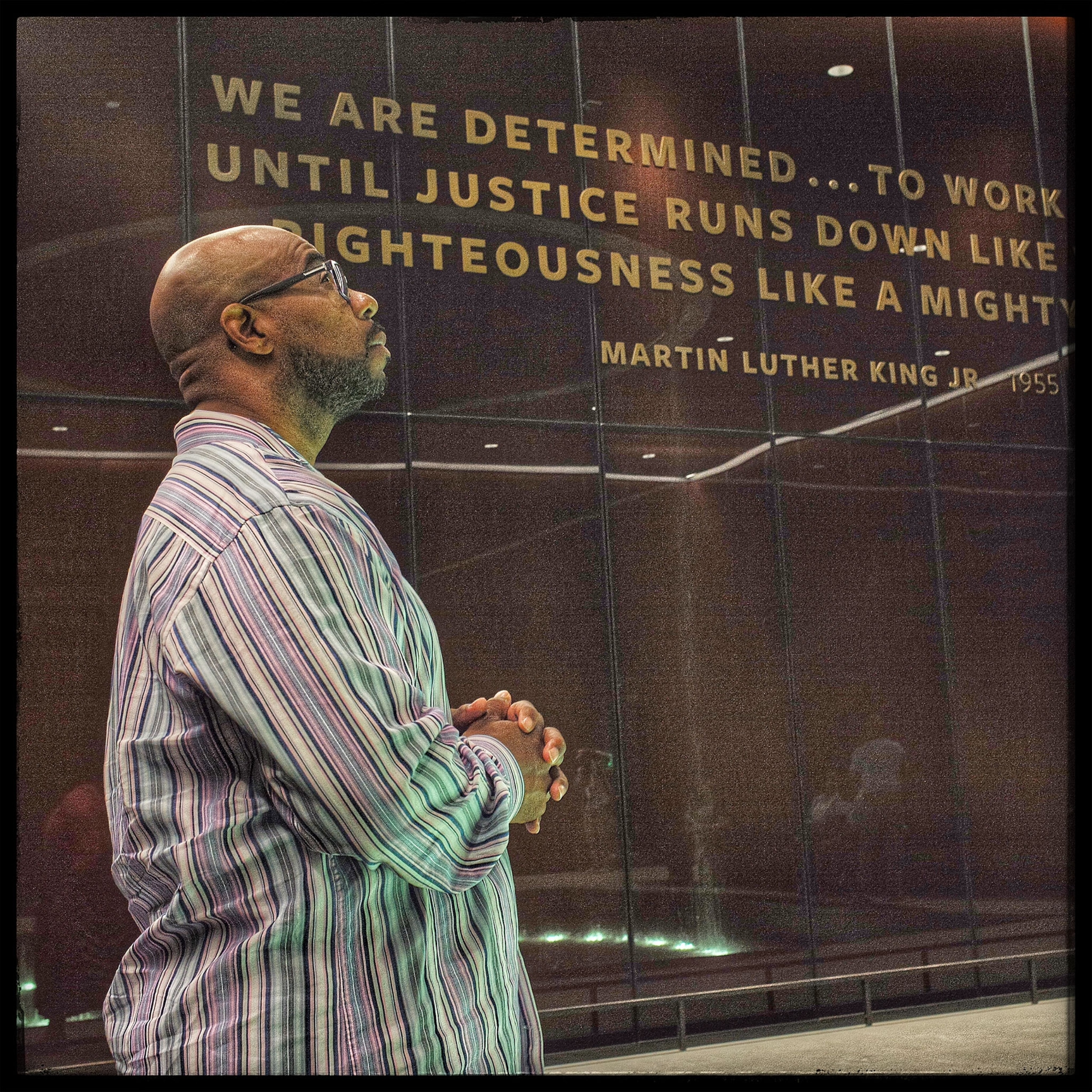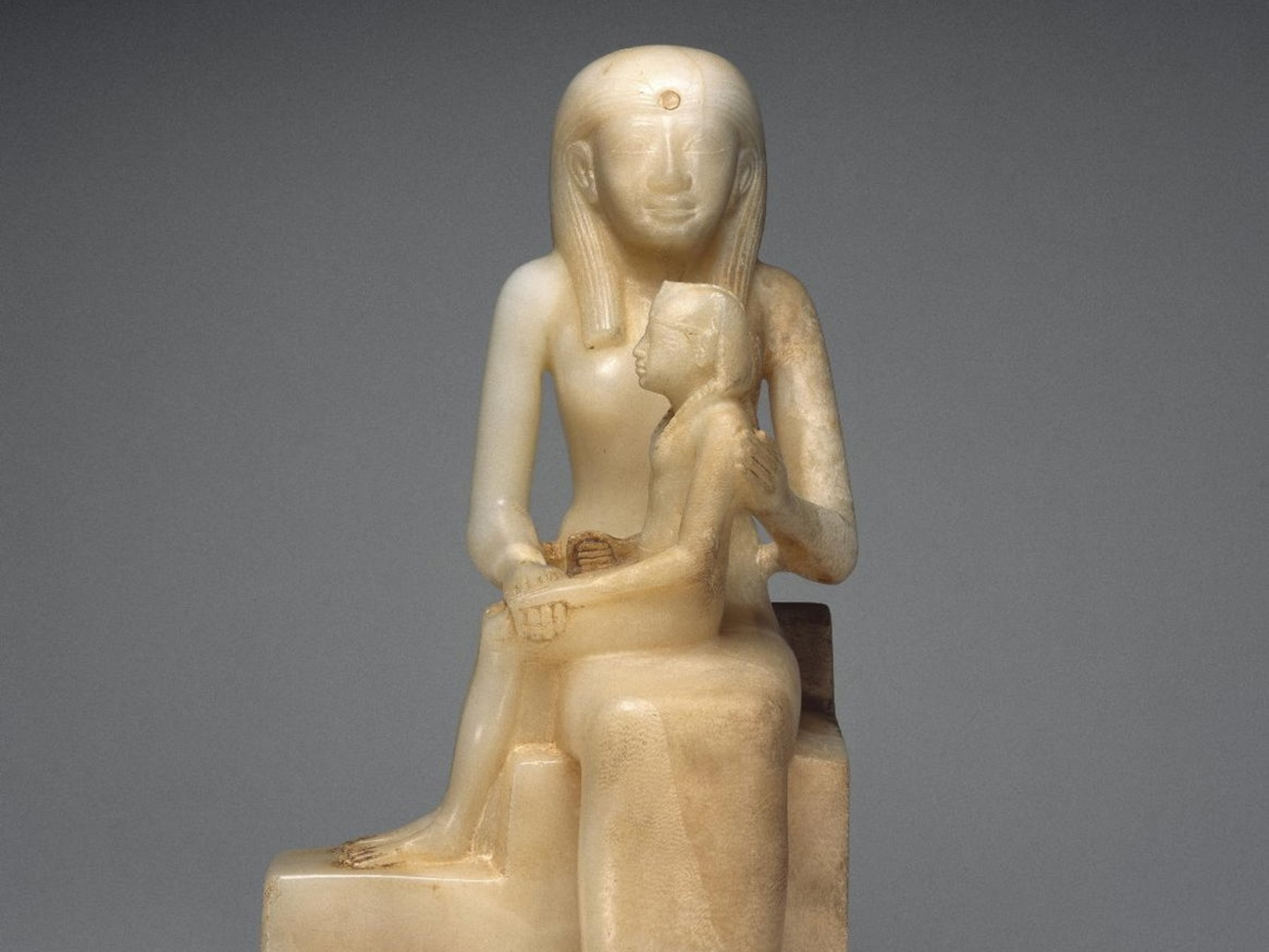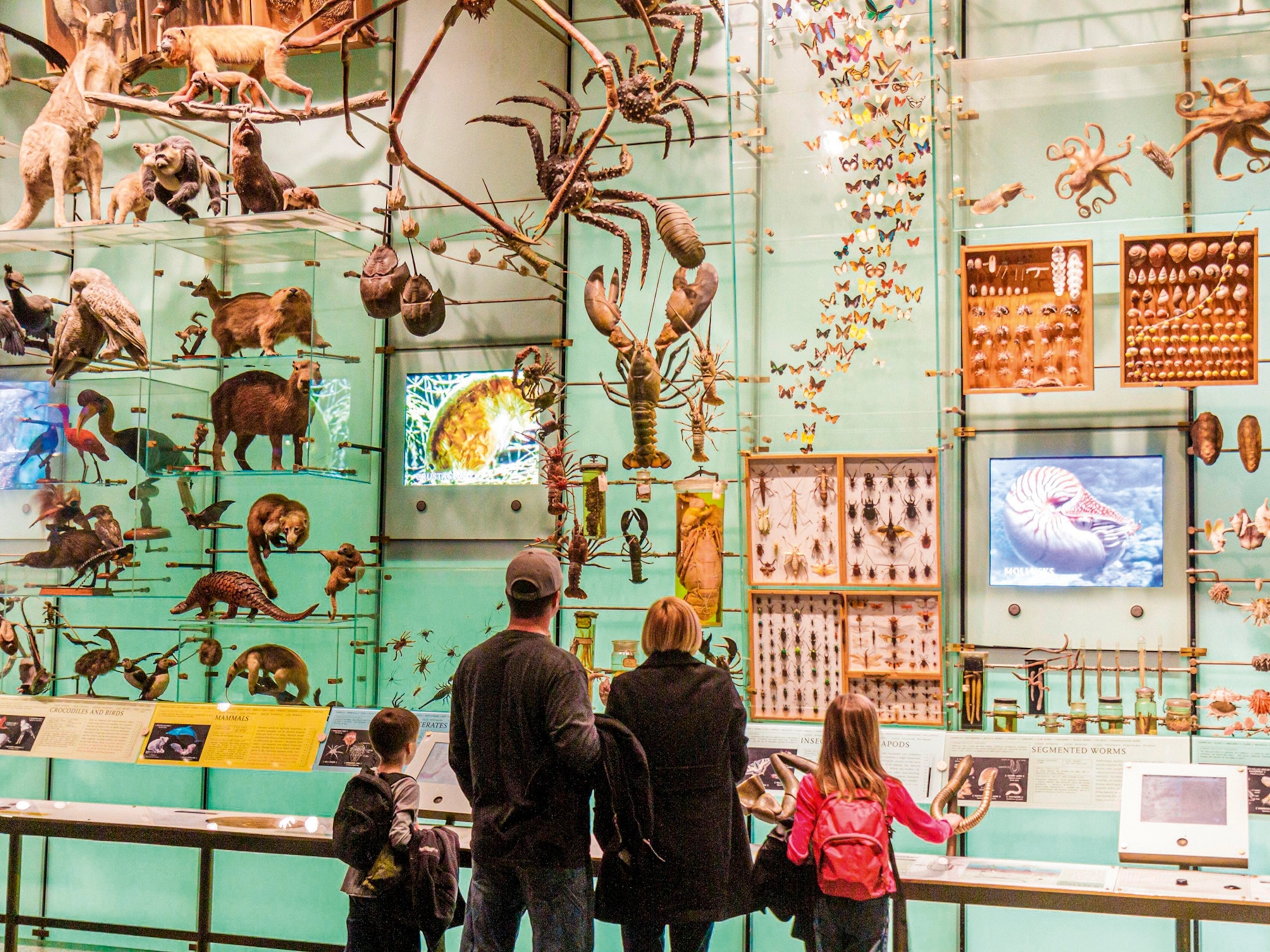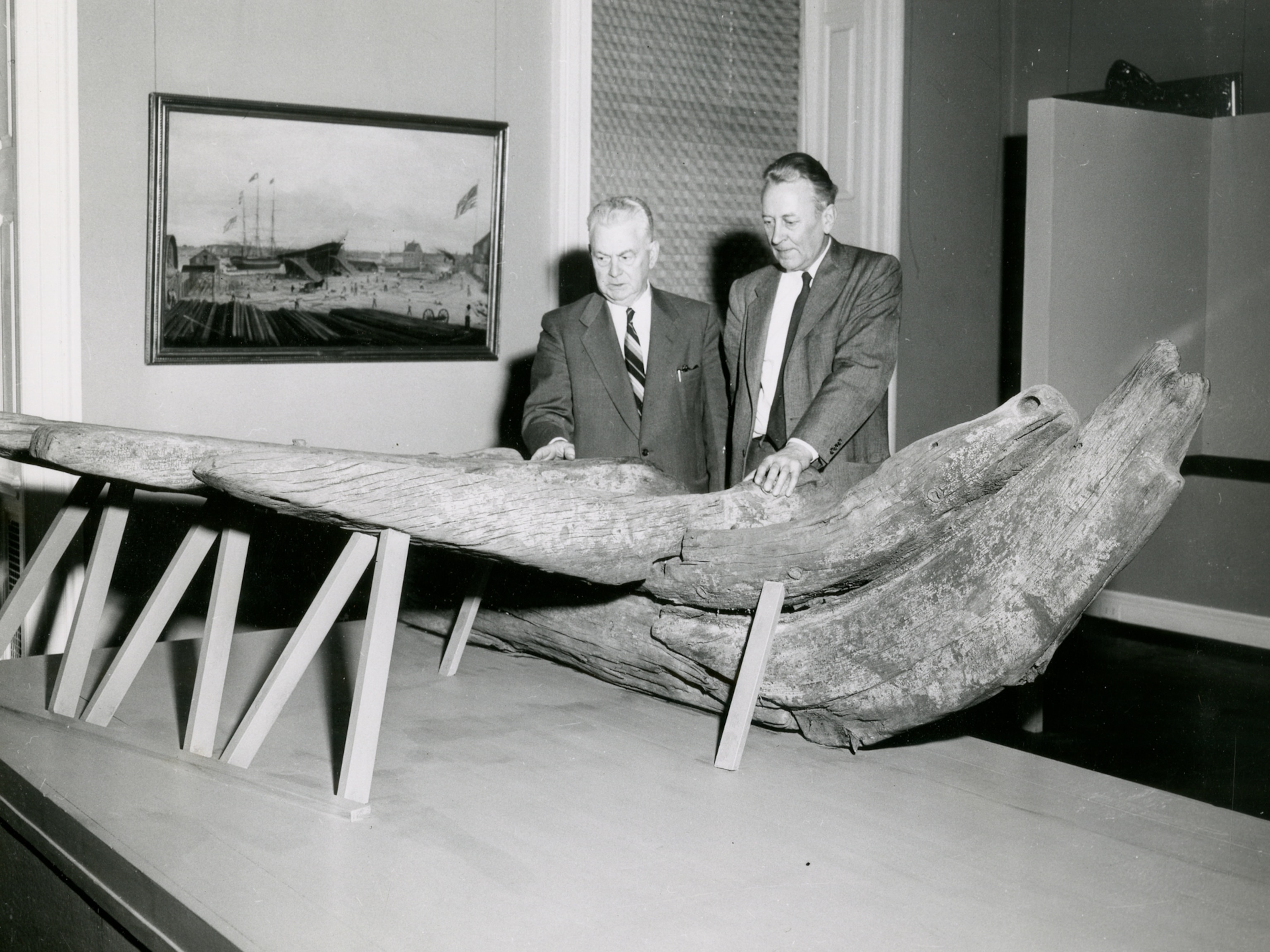Intimate Photos Show the Power of the African American Museum
National Geographic photographer Ruddy Roye captured meaningful moments during the opening of the long-awaited museum.
It is not a one-day museum. The works in the new National Museum of African American History and Culture climb on your back and compel you to wrestle with their realities.
I photographed people who donated items to the museum for the article in October’s National Geographic magazine, so I wanted to return as soon as it opened to see how those items and others affected visitors. When it opened on September 24, I was there. People shuffled through the museum silent and stunned as zombies. They were sometimes stuck, riveted to an exhibit by the object, the words, or the pictures, seeming to question if this moment was ever real. I could hear groans and murmurs, sometimes people would shake their heads, others looked away finding the words or images too hard to take. One mother tried to explain to her son the injustice of lynching, which I captured in a 10-second Instagram story.
The story of the museum was significant to me as a Jamaican man because African Americans have never had one that showcased the history and culture of blackness at such a huge magnitude. I could tell that it was being built to encompass the length and breadth of black American history and culture. I saw the museum as a place that families and communities could come to talk about their personal struggles.
The artifacts at the museum are of great significance for the families who donated them and to the African-American community. Of all of the portraits I photographed for the magazine, I don’t think there was one that did not make me shed a tear or inspire deep reflection on the importance of having these stories reach future generations.
Influences from the past crept their way into my portraits. There was one story of a soldier who could not fight under his country’s flag and found no glory when he returned home, even though his battalion was the first to reach the Rhine River. I also experienced these stories in my own exploration—like traveling the 20 miles that Nat Turner, the leader of the famous slave rebellion, took from Cabin Pond to Jerusalem on his way to some brief semblance of freedom.
These stories stood out to me because there was something familiar that resonated in them. Nat Turner here in the United States reminded me of Sam Sharpe in Jamaica, who also led a famous slave rebellion. Even though I am an outsider in this country, I could recognize the echo of stories told over fireplaces by my grandparents and parents, stories about disenfranchisement and invisibility that black folks all over the world have had to endure.
Read more about the National Museum of African American History and Culture in this month's issue of National Geographic magazine.

















